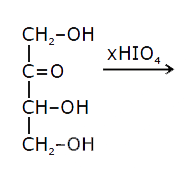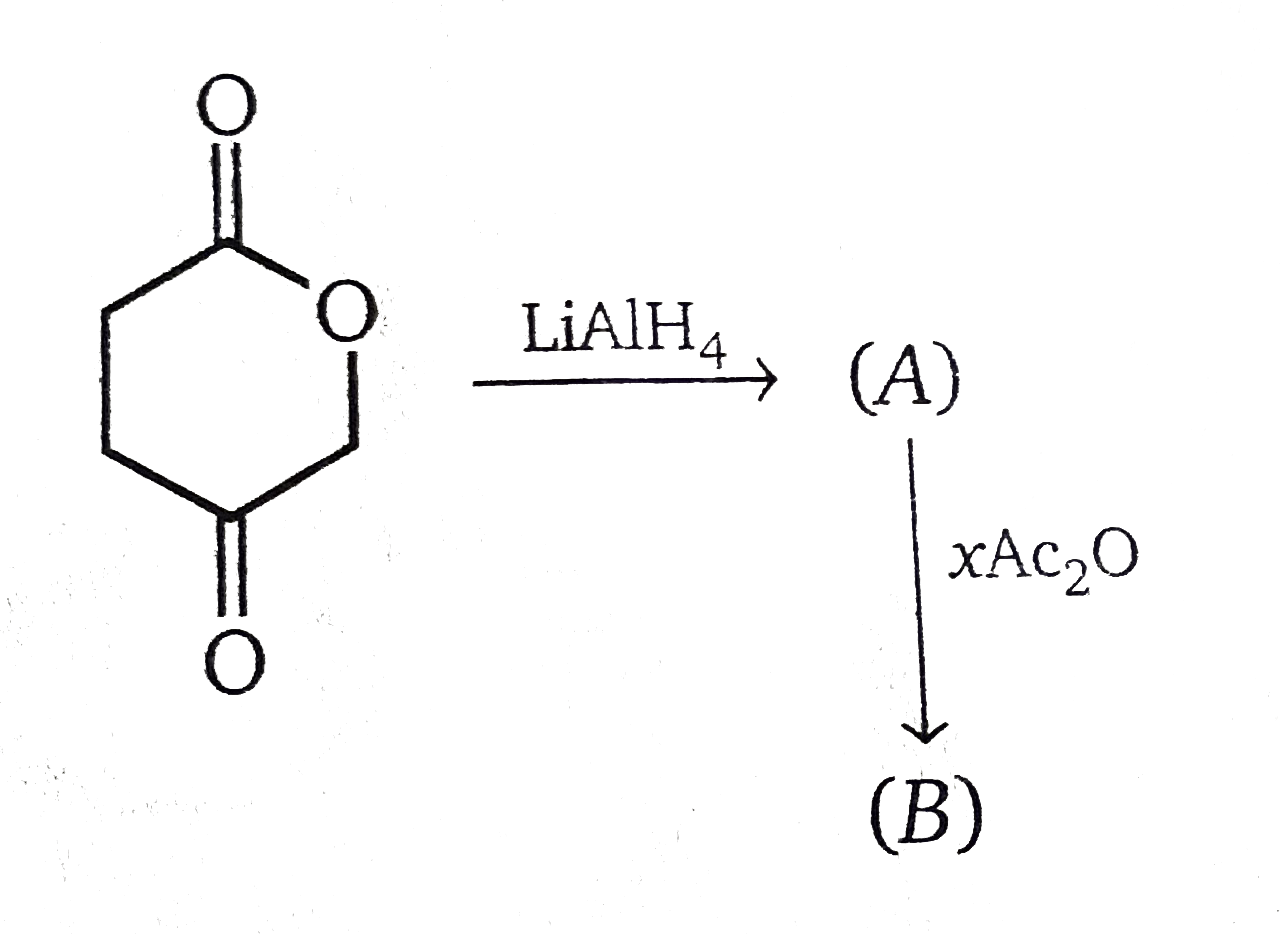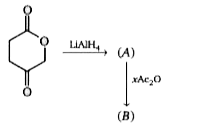
After one mole of A is consumed. What is the difference in moles of B and C formed?
Text Solution
The correct Answer is:1
|
Updated on:21/07/2023
Topper's Solved these Questions
- BOOK - AAKASH SERIESCHAPTER - CHEMICAL KINETICSEXERCISE - PRACTICE SHEET-1 (SINGLE OR MORE THAN ONE OPTION QUESTIONS)16videos
CHEMICAL KINETICS
- BOOK - AAKASH SERIESCHAPTER - CHEMICAL KINETICSEXERCISE - PRACTICE SHEET-1 (LINKED COMPREHENSION TYPE QUESTIONS)6videos
CHEMICAL KINETICS
- BOOK - AAKASH SERIESCHAPTER - CHEMICAL KINETICSEXERCISE - LEVEL-II(LECTURE SHEET EXERCISE-III MATCH THE FOLLOWING QUESTIONS)3videos
CHEMICAL KINETICS
- BOOK - AAKASH SERIESCHAPTER - CHEMICAL KINETCSEXERCISE - EXERCISE - 3.245videos
CHEMICAL KINETCS
- BOOK - AAKASH SERIESCHAPTER - CHEMICAL THERMODYNAMICSEXERCISE - Additional Practice Exercise54videos
CHEMICAL THERMODYNAMICS
Similar Questions
Knowledge Check
- Question 1 - Select One

X is moles of HIO4 consumedAx = 3Bx = 2Cx = 4Dx = 1 - Question 2 - Select One

x = moles of KOH consumed is :A1B2C3D4 - Question 3 - Select One

x = moles of KOH consumed is :A1B2C3D4

How many moles of HI consumed in above reaction?View SolutionThe Kc for A2(g)+B2(g)⇔2AB(g) at 100∘C is 50. If one litre flasks containing one mole of A2 is connected with a two litre flask containing 2mole of B2, how many mole of AB will be formed at 100∘C?
View SolutionThe Kc for A2(g)+B2(g)⇔2AB(g) at 100∘C is 50. If one litre flasks containing one mole of A2 is connected with a two litre flask containing 2mole of B2, how many mole of AB will be formed at 100∘C?
View Solution
x= moles of anhydride consumedView Solution
x = moles of anhydride consumedView Solution


